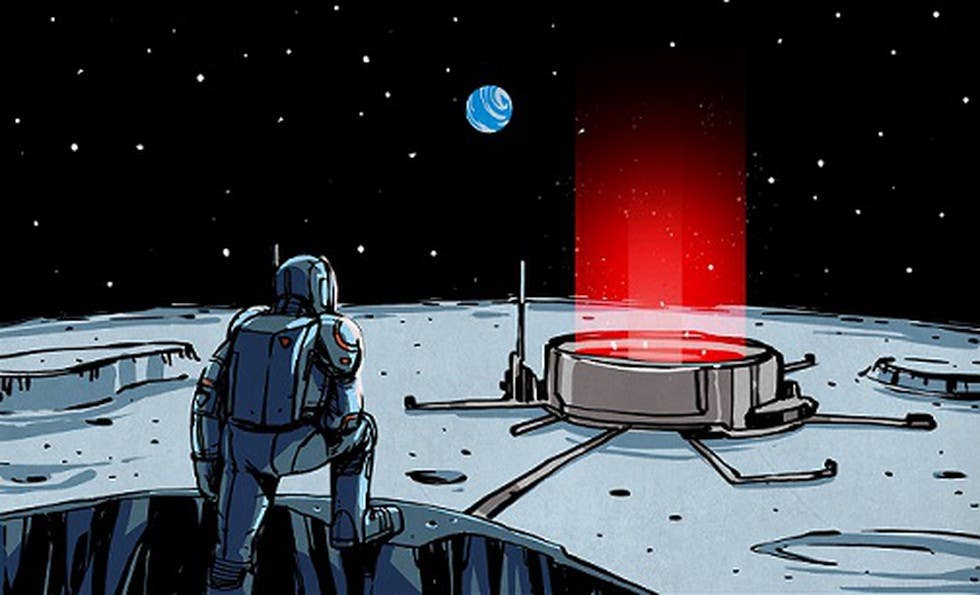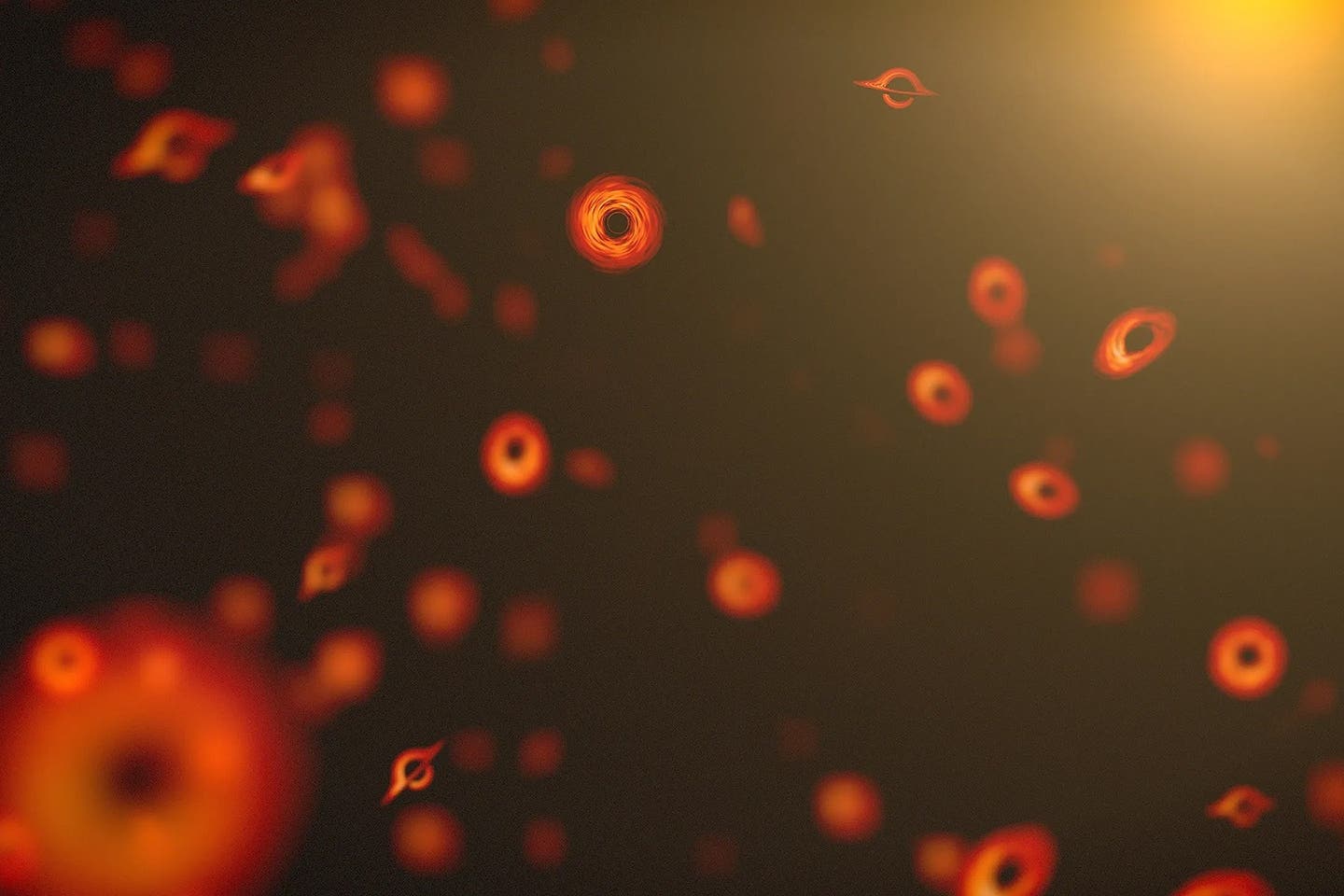NASA seeks ideas for a nuclear reactor on the moon
NASA and the nation’s top federal nuclear research lab on Friday put out a request for proposals for a fission surface power system.

[Nov 19, 2021: Keith Ridler]
NASA and the nation's top federal nuclear research lab on Friday put out a request for proposals for a fission surface power system. (Credit: Creative Commons)
If anyone has a good idea on how to put a nuclear fission power plant on the moon, the U.S. government wants to hear about it.
NASA and the nation's top federal nuclear research lab on Friday put out a request for proposals for a fission surface power system.
NASA is collaborating with the U.S. Department of Energy's Idaho National Laboratory to establish a sun-independent power source for missions to the moon by the end of the decade.
"Providing a reliable, high-power system on the moon is a vital next step in human space exploration, and achieving it is within our grasp," Sebastian Corbisiero, the Fission Surface Power Project lead at the lab, said in a statement.
If successful in supporting a sustained human presence on the moon, the next objective would be Mars. NASA says fission surface power could provide sustained, abundant power no matter the environmental conditions on the moon or Mars.
"I expect fission surface power systems to greatly benefit our plans for power architectures for the moon and Mars and even drive innovation for uses here on Earth," Jim Reuter, associate administrator for NASA's Space Technology Mission Directorate, said in a statement.
The reactor would be built on Earth and then sent to the moon.
Related Stories
Submitted plans for the fission surface power system should include a uranium-fueled reactor core, a system to convert the nuclear power into usable energy, a thermal management system to keep the reactor cool, and a distribution system providing no less than 40 kilowatts of continuous electric power for 10 years in the lunar environment.
Some other requirements include that it be capable of turning itself off and on without human help, that it be able to operate from the deck of a lunar lander, and that it can be removed from the lander and run on a mobile system and be transported to a different lunar site for operation.
Additionally, when launched from Earth to the moon, it should fit inside a 12-foot (4-meter) diameter cylinder that's 18 feet (6 meters) long. It should not weigh more than 13,200 pounds (6,000 kilograms).
The proposal requests are for an initial system design and must be submitted by Feb. 19.
The Idaho National Laboratory has worked with NASA on various projects in the past. Most recently, the lab helped power NASA's Mars rover Perseverance with a radioisotope power system, which converts heat generated by the natural decay of plutonium-238 into electrical power.
The car-sized rover landed on Mars in February and has remained active on the red planet.
The Energy Department has also been working to team up with private businesses on various nuclear power plans, notably on a new generation of smaller power plants that range from small modular reactors to small mobile reactors that can quickly be set up in the field and then removed when not needed.
For more science and technology news stories check out our New Innovations section at The Brighter Side of News.
Like these kind of feel good stories? Get the Brighter Side of News' newsletter.
Tags: #New_Innovations, #Space_News, #Astronomy, #Moon, #Science, #Research, #Nuclear_Reactor, #Energy, #Space_Travel, #NASA, #The_Brighter_Side_of_News
Joseph Shavit
Head Science News Writer | Communicating Innovation & Discovery
Based in Los Angeles, Joseph Shavit is an accomplished science journalist, head science news writer and co-founder at The Brighter Side of News, where he translates cutting-edge discoveries into compelling stories for a broad audience. With a strong background spanning science, business, product management, media leadership, and entrepreneurship, Joseph brings a unique perspective to science communication. His expertise allows him to uncover the intersection of technological advancements and market potential, shedding light on how groundbreaking research evolves into transformative products and industries.



